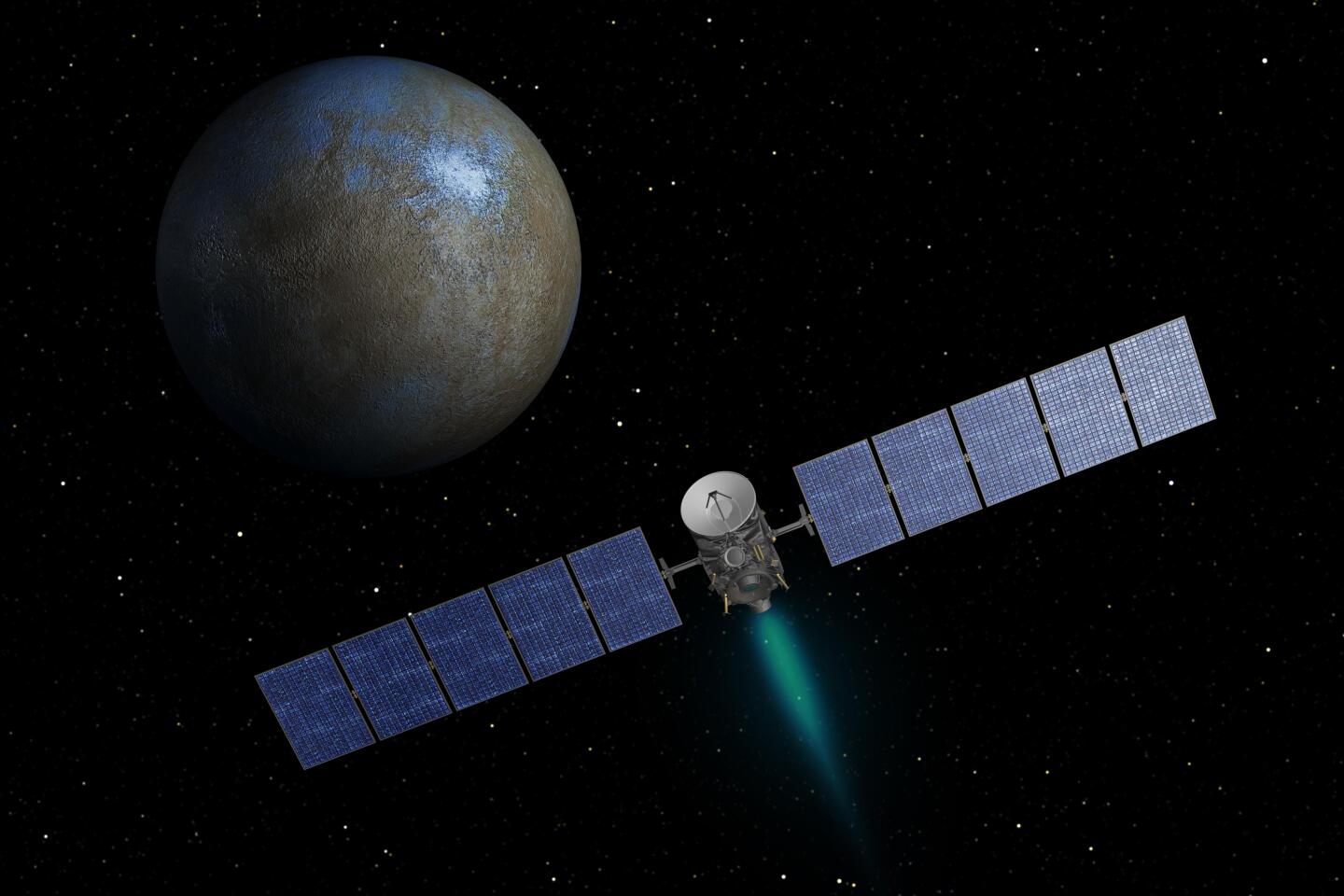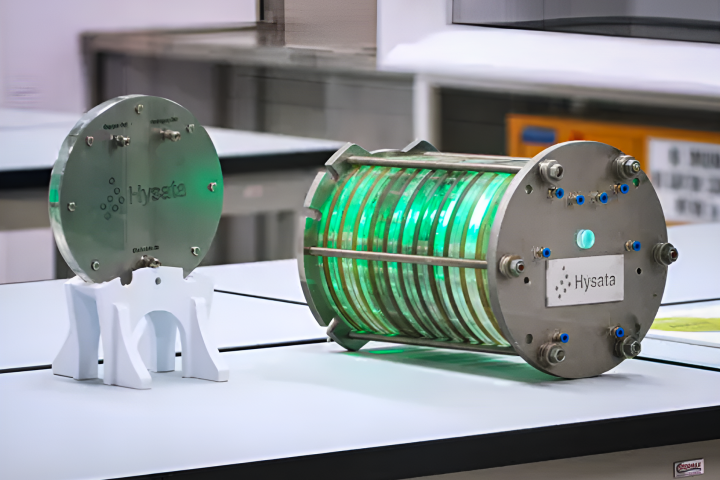The dwarf planet Ceres has come into sharper focus with NASA's Dawn spacecraft sending back the best images yet of the asteroid. Shot on January 25 from a distance of 147,000 mi (237,000 km) as the unmanned probe closes in for its March rendezvous, the resolution was 30 percent better than the best images obtained by the Hubble space telescope.
The 43-pixel-wide image may still be a bit blurry, but NASA says that it's already presenting scientists with new insights into the nature of Ceres. The new images provide a better look at the white spot discovered on January 13, as well as hints of craters and other features.
Dawn was launched on September 27, 2007 atop a Delta II rocket from Space Launch Complex 17B at Cape Canaveral Air Force Station, Florida. After making a flyby of Mars on February 4, 2009 in a slingshot maneuver, it went into orbit around the protoplanet Vesta on July 16, 2011, where it carried out a 14-month survey of its surface.

The 1,240 kg (2,730 lb) spacecraft then used its ion thruster to send it on a three and a half year passage to Ceres. When it arrives on March 6, it will mark the first visit to a dwarf planet by any spacecraft. By visiting Vesta and Ceres, Dawn will have visited the two most massive objects in the asteroid belt, with Ceres the largest object in the asteroid belt between Mars and Jupiter, making up a third of the mass of the entire belt.
"We are already seeing areas and details on Ceres popping out that had not been seen before. For instance, there are several dark features in the southern hemisphere that might be craters within a region that is darker overall," sayd Carol Raymond, deputy principal investigator of the Dawn mission. "Data from this mission will revolutionize our understanding of this unique body. Ceres is showing us tantalizing features that are whetting our appetite for the detailed exploration to come."
Source: NASA








